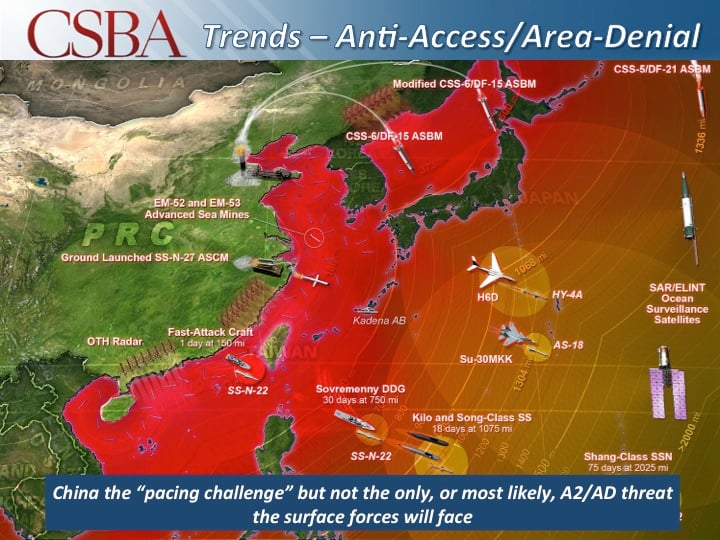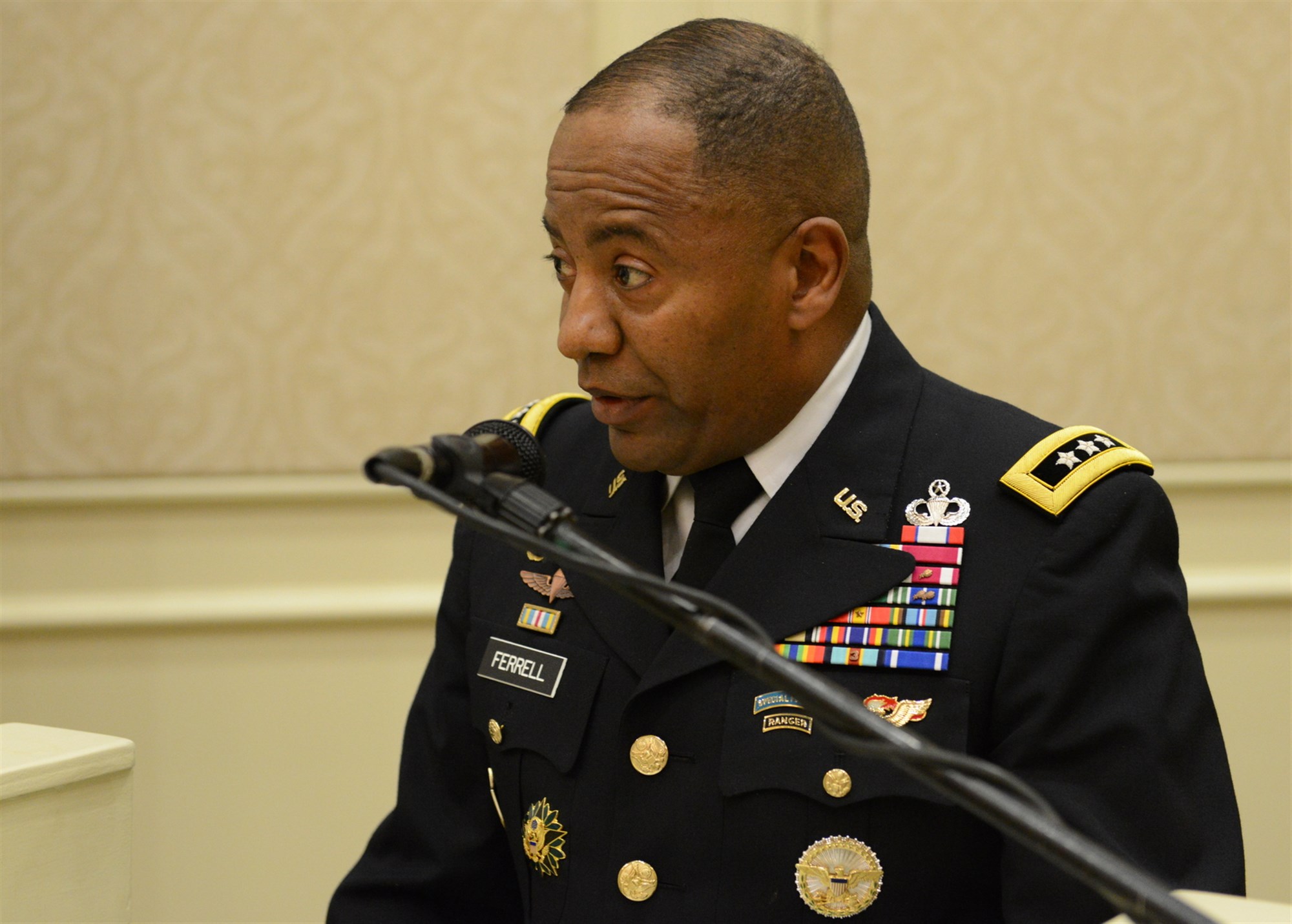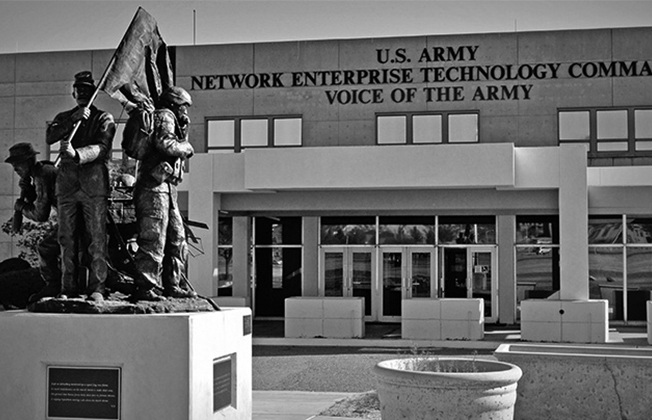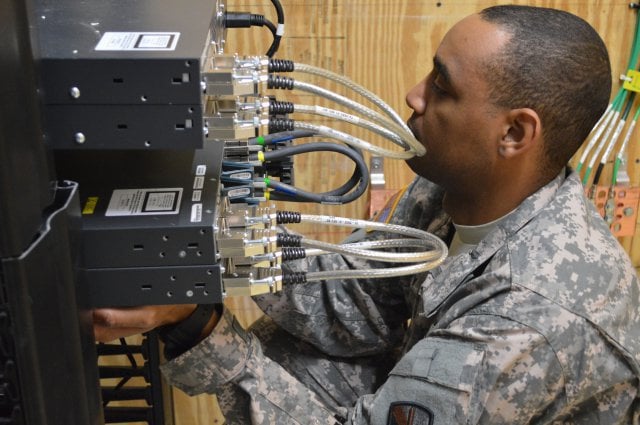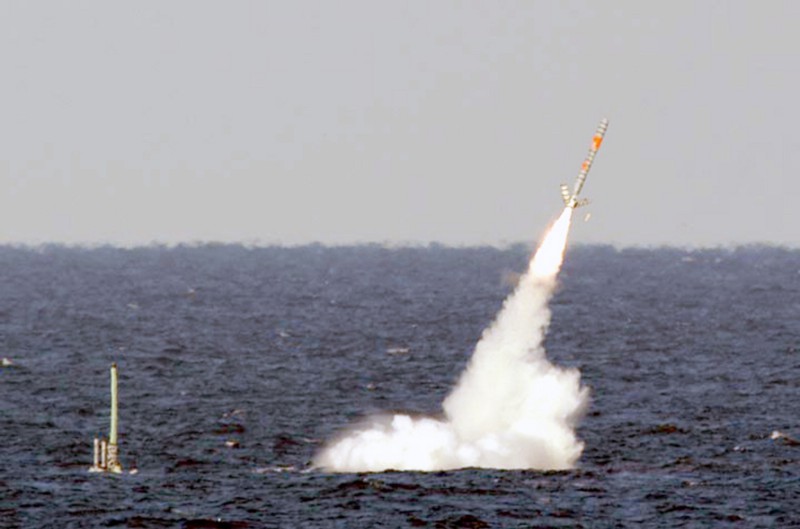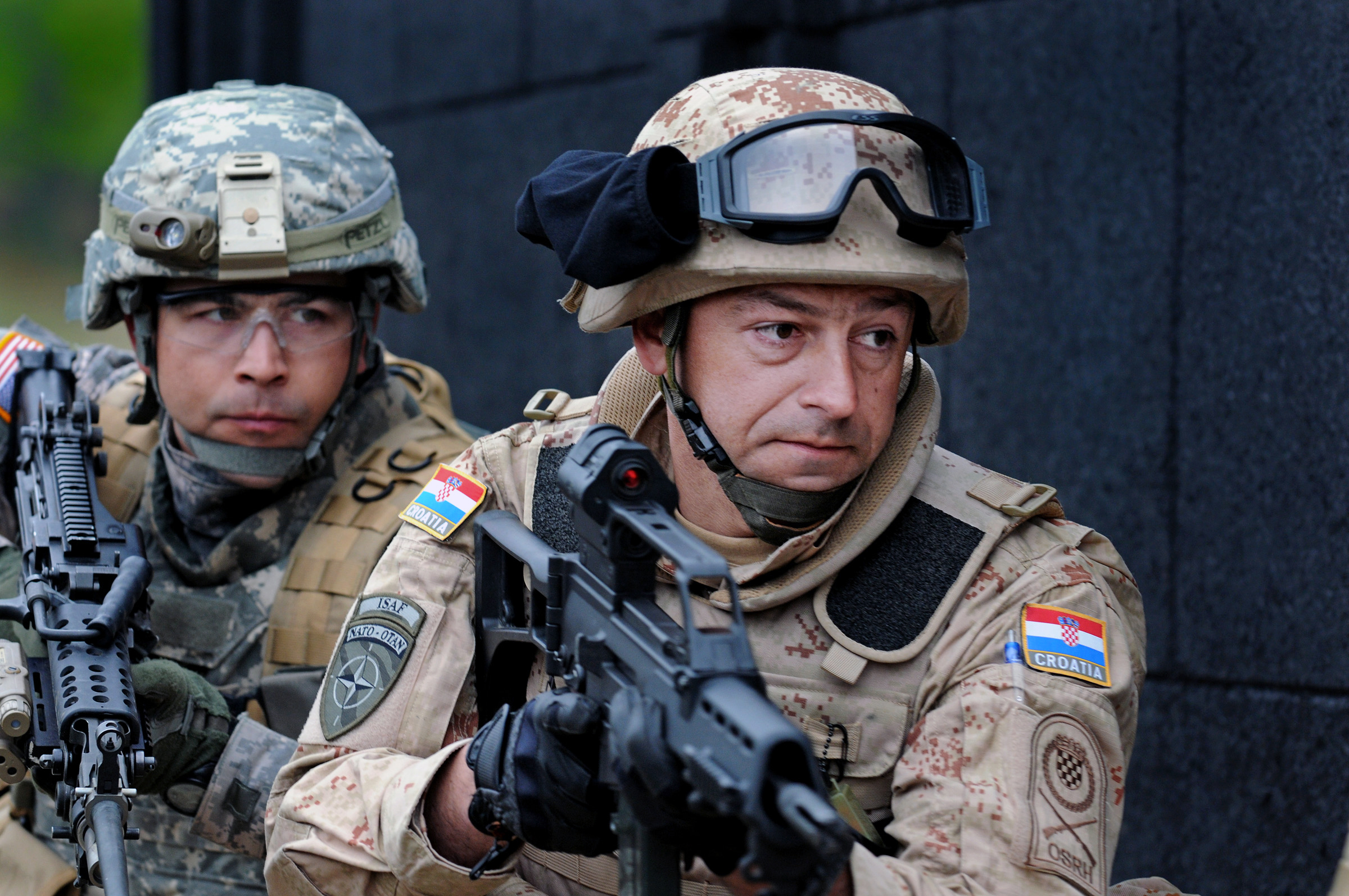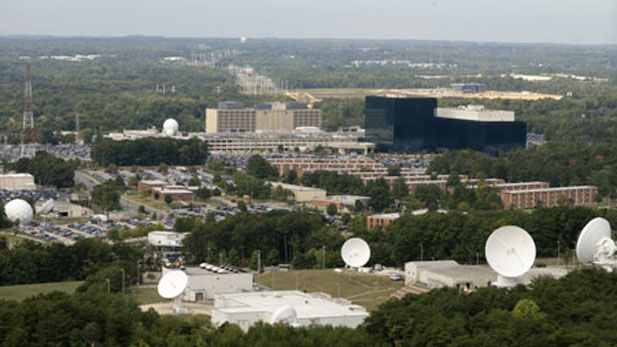

AFA: The Air Force wants artificial intelligence to track and react to cyber and electronic threats, to update countermeasures against enemy hackers, radars, and missiles faster than human minds can manage. But first you have to fix the basics. Today, the Department Of Defense Information Network (DODIN) is really not a single network, but a…
By Sydney J. Freedberg Jr.
ARLINGTON: The digital dam has burst. It took the Army three grueling years to set up a new, more secure network at its first site in San Antonio, which went live in fall 2014. Now a dozen more installations have gotten the upgrade, exulted the Army CIO this morning, and another 20 will go live…
By Sydney J. Freedberg Jr.
FORT HUACHUCA, ARIZ.: On his way west for a major Pacific summit, Defense Secretary Ashton Carter made sure to stop here in the Arizona desert to visit a new cybersecurity center. The nascent “fusion center,” which reached Initial Operating Capability (IOC) in the last three months, will monitor Army networks in new ways. Carter changed…
By Sydney J. Freedberg Jr.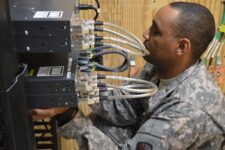
UPDATED with Adm. Richardson & Branch comments ARLINGTON: The Navy and Marines have agreed to follow the Army and Air Force into the Joint Information Environment — but the sea services have security and other concerns. Will networks connected to JIE really be more secure? Can JIE really serve frontline warfighters as well as rear-area administrators? The…
By Sydney J. Freedberg Jr.
WASHINGTON: Two years ago, Capt. John Zimmerman and his award-winning Navy team were testing a software upgrade for submarines when they ran into a surprising problem. When they changed the code controlling the Tomahawk missile launchers, the torpedo tubes stopped working. Fortunately, this all happened in a laboratory ashore before the upgrade got anywhere near the…
By Sydney J. Freedberg Jr.
WASHINGTON: At a recent wargame in Germany, slow communications between the US and an allied unit meant we would have killed our own allies. We saw “what happens when we don’t get it right” the Army Vice-Chief of Staff said last week. When an allied unit called for artillery support, Gen. Daniel Allyn said that “by the time that…
By Sydney J. Freedberg Jr.
FORT MEADE, MD: “Remember the peace dividend we took in the Clinton years in the ’90s? Welcome back,” said Douglas Packard. “That’s where we’re at.” Some 20 years ago as defense budgets plummeted post-Cold War, the defense industry consolidated, recalled Packard, acting head of procurement at the Defense Information Systems Agency. Contractors better beware once more,…
By Sydney J. Freedberg Jr.This year, the Defense Information Systems Agency has ambitious plans to streamline and speed up how military personnel access applications and services on the Defense Department’s computer networks. These efforts include launching a new pan-service user environment, making enterprise services easier to use and access, increasing the offerings and capabilities of cloud based systems, and…
By Henry Kenyon















